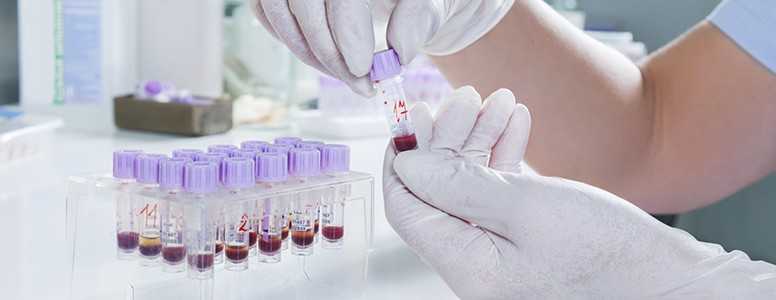A new discovery regarding the location of immune cells could help researchers understand the progression of type 1 diabetes.
Scientists from across Europe found that people with and without type 1 diabetes have similar numbers of certain immune cells which target insulin-producing cells, but only people with type 1 diabetes have more of these cells located in their pancreas.
These immune cells, known as CD8+ T cells, are thought to function in the final stages of the beta cell destruction which characterises type 1 diabetes.
Researchers analysed blood samples in people with type 1 diabetes, as well as existing pancreas tissue samples from the JDRF nPOD programme.
CD8+ T cells were present in samples with and without diabetes, with a greater frequency in children compared to adults, which may shed light on why type 1 diabetes is most commonly diagnosed in children.
The cells were present in larger numbers in the pancreases of people with type 1 diabetes, indicating a process occurs during type 1 diabetes development that activates these cells and causes beta cell destruction.
The researchers also identified higher numbers of the cells in people who had experienced chronic inflammation of the pancreas.
While the mechanisms behind the activation of the cells are not yet know, the researchers have a number of theories. One hypothesis is that stress derived from growth and disease impacts children’s metabolism, the second is immune system malfunction, and the third is inflammation of the pancreas.
Now, researchers will carry out further research to explore which of these theories is most likely to explain their findings.
The results have been published in the journal Science Immunology.
What's new on the forum? ⭐️
Get our free newsletters
Stay up to date with the latest news, research and breakthroughs.





